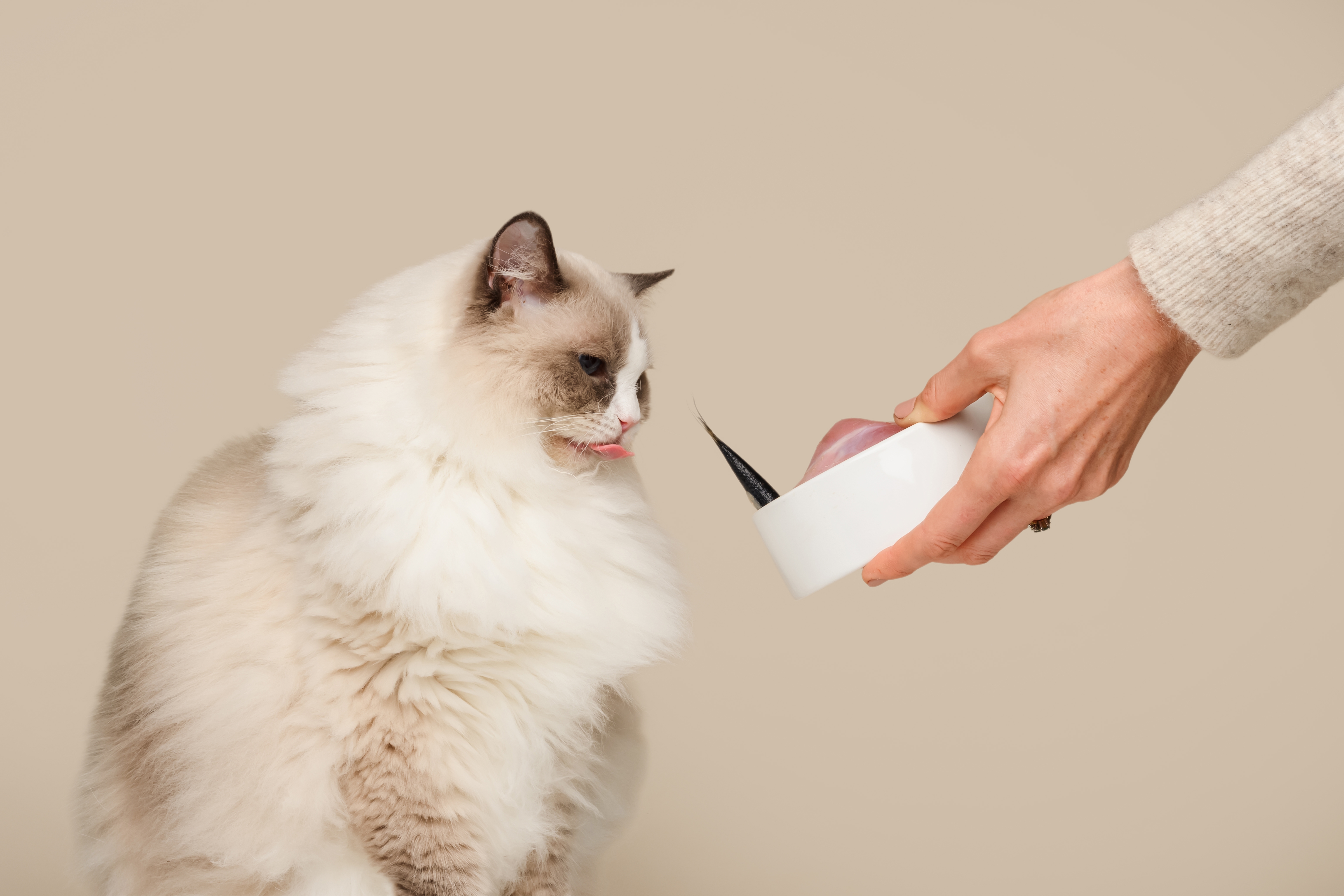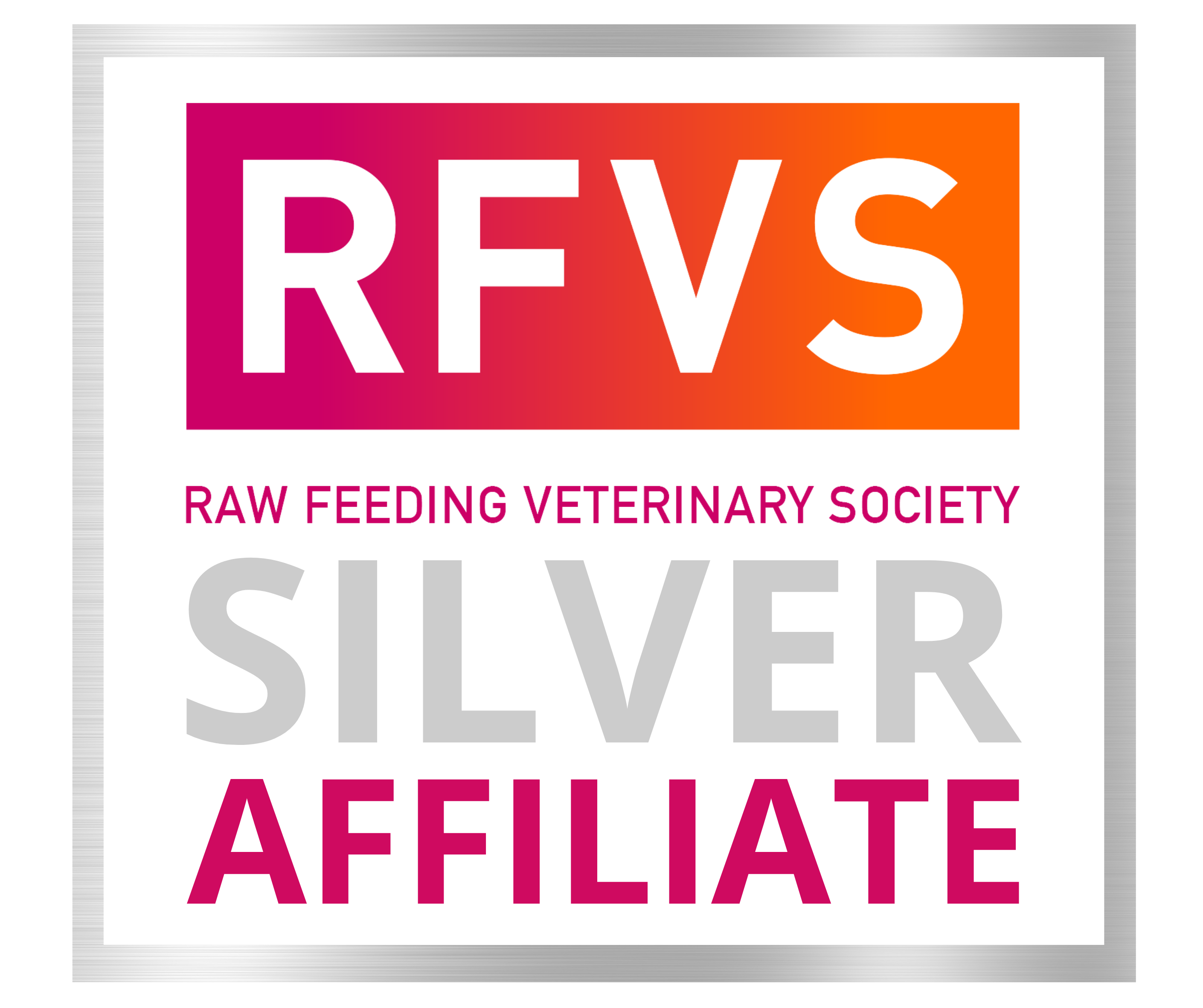People are increasingly choosing to feed their pets whole foods for a number of reasons including palatability, enjoyment and health benefits.
RAW FEEDING SUPPORT
EMPOWERING PET OWNERS SINCE 2008
Our goal at Raw Essentials is to support people who choose to feed a raw diet by providing high quality, locally sourced food, with raw feeding advice and support through our trained nutrition advisors.
We have been operating since 2008 and now have
17 stores nationwide, along with an online store.
Please note - We are now able to deliver nationwide (excluding rural areas). For more information on delivery to your area, refer to our Delivery page.
THE PRINCIPLES OF RAW FEEDING
We emulate a prey meal as closely as possible; feeding meat, bone, organs and tripe from a variety of prey sources. We exclude all grains, starches, additives and preservatives. Read more about our approach to raw feeding cats and raw feeding dogs.
EDUCATIONAL RESOURCES
INFORMING CLIENTS ON RAW FEEDING PHILOSOPHY
Our Veterinary Communication Document outlines our feeding philosophy and covers the nutrient content of raw food, the non-nutritive aspects of raw food (including dental health and behavioural enrichment) and the food safety issues for human and pet health.
VETERINARY LIAISON
PROMOTING COLLABORATION
We provide veterinary support for people who are
wanting to raw feed pets with health concerns and liaise
with the primary veterinarian when pets are medicated,
on prescription food or under direct veterinary care.
We help to ascertain if a raw diet is suitable for the pet.
We offer a ‘specific and limited range of veterinary
services’ in accordance with the VCNZ code of
professional conduct. This takes the form of nutritional
advice and support. Our clients are informed that we do
not act as a primary veterinarian. We aim to assist in the
relationship between clients and their primary
veterinarian in regards to raw feeding, with the common
goal of optimal health and wellbeing for cats and dogs.
SUPPORT BEYOND FEEDING
HOLISTIC PET CARE
We keep electronic records for our clients and their pets, provide follow up communication, with ongoing advice and support. Where appropriate, we frequently assess and discuss pets’ body and coat condition, energy levels, demeanour, dental health and any health concerns.
OUR DIVERSE PRODUCT RANGE
CATERS TO VARYING PET’S NEEDS
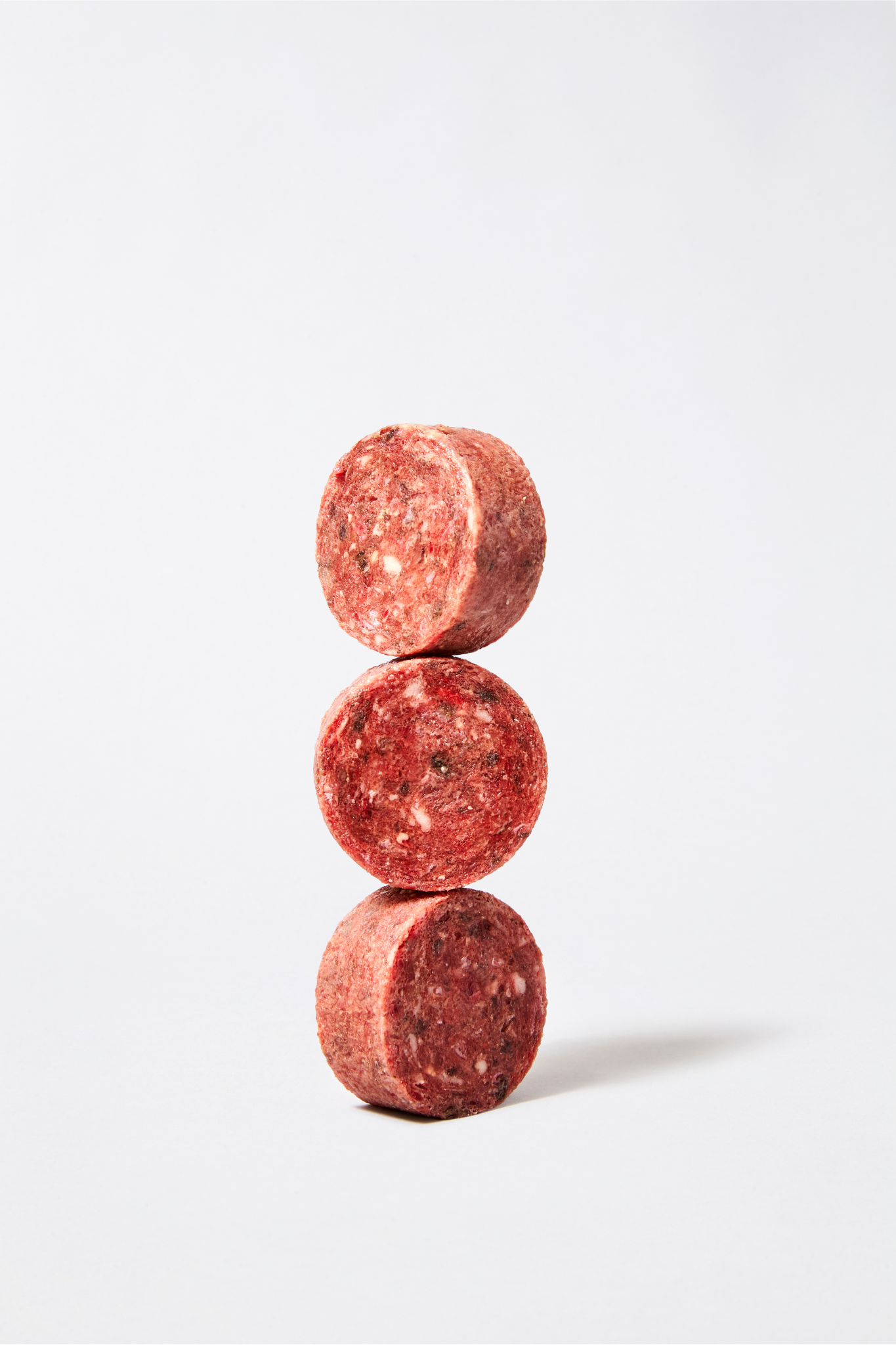
Minced
We have a range of minced products (which include meat, bone, organs and tripe). These make it easy and convenient to feed a variety of prey sources. Read more about minced whole prey products in this study about feeding domestic cats whole mice versus minced mice here.
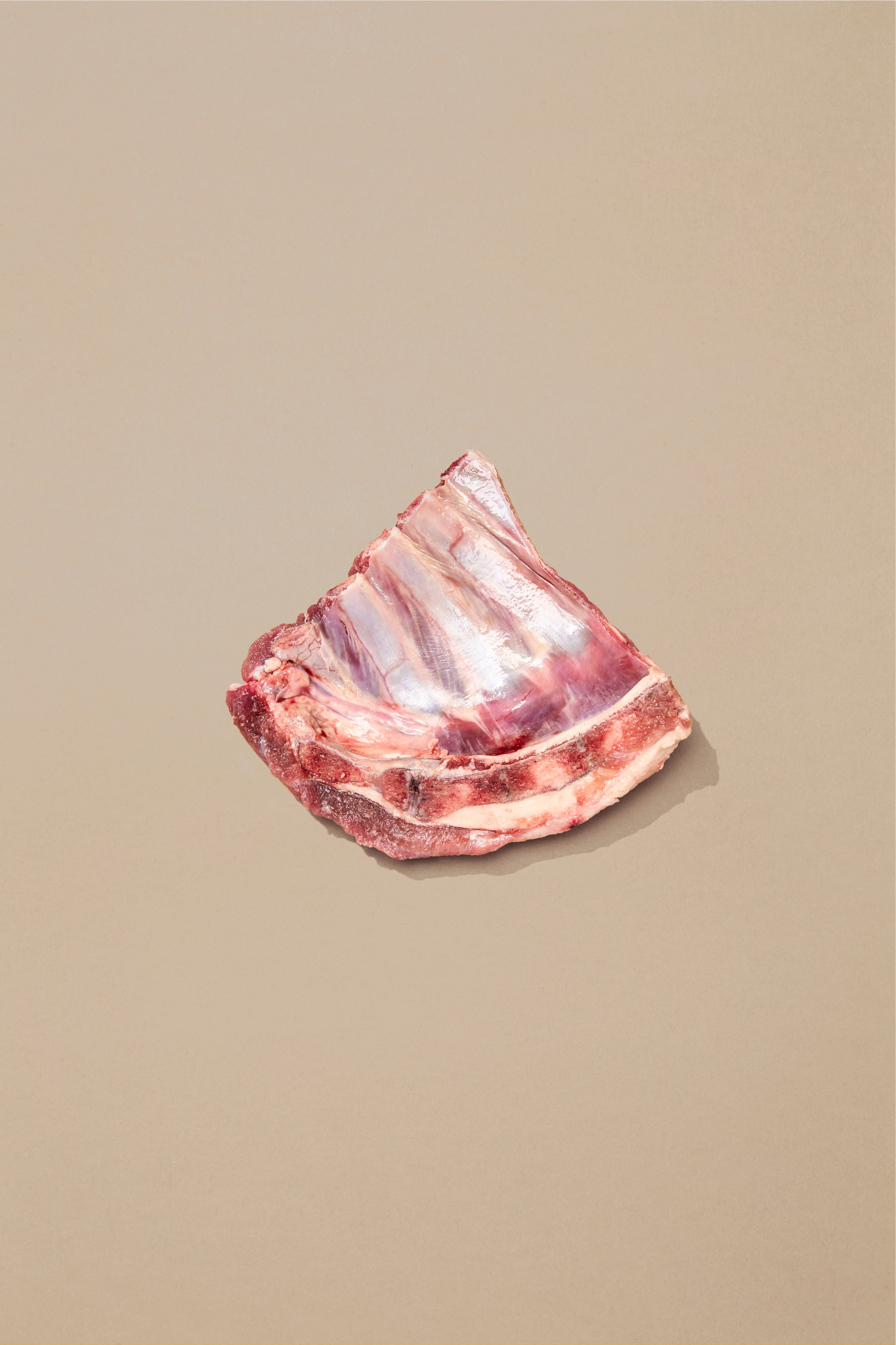
Raw meaty bones
We have various meal-sized whole meaty bones, meat fillets, tripe and some dried products for chewing and recreation.
We encourage feeding appropriately sized raw meaty bones. Chewing on raw meaty bones increases satiety, improves dental health and is obviously downright enjoyable. Fagan et al illustrated this in zoo animals - the hassle factor is highly beneficial to carnivores. For more information on selecting appropriate bones check out our bone feeding guide.
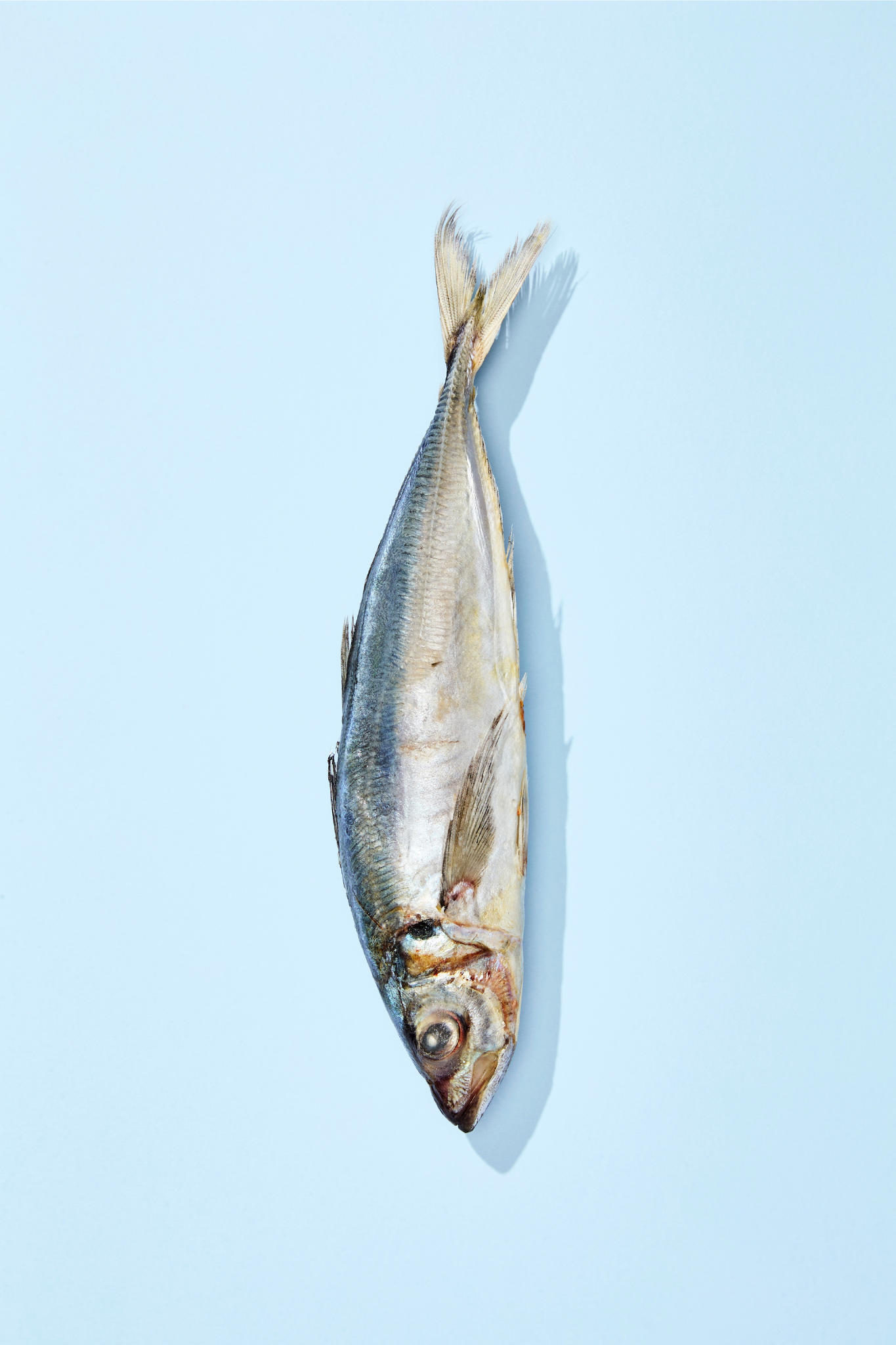
Case by case
Whole bones are not suitable for all pets. Situations that provoke caution include brachycephalic breeds, dental disease, greedy pets, heavy pregnancy and gastric acidity challenges due to ageing, medications, disease, carbohydrates and anxiety. We also have a range of fillets, boneless meat cubes and other whole meat products.
HOW CAN A RAW DIET HELP YOUR CLIENTS?
Our goal from a nutritional and gut health perspective is to keep inflammation minimal and support healthy cell function.
1.
We observe a change to a raw +/- novel protein diet frequently improves inflammatory conditions such as:
- Dermatitis
- Otitis externa
- Arthritis
2.
A low carbohydrate diet is well acknowledged in the management of:
- Diabetes
- Seizures
- Cancer - read more on the Ketopet website
- Obesity
A well-planned raw diet contains minimal carbohydrates. Transition to a raw diet can reduce insulin requirements significantly so we advise no food changes without a plan with the primary veterinarian.
3.
Our raw diet contains good moisture levels and generally promotes a urine pH of around 6.5. Optimal gut health aids the production of neurotransmitters. Dietary glycosaminoglycans support the health of the urinary tract. A well-planned raw diet can be helpful for conditions of the urinary tract such as:
- Feline Lower Urinary Tract Disease
- Bladder uroliths
- Renal disease
Tailored Raw Diets
for Pets with Chronic
Kidney Disease
We successfully manage many cats and some dogs with chronic (long term) kidney disease on a well- planned raw diet, which provides optimal levels of high quality, easily digestible protein, plenty of essential fatty acids and B vitamins, with an appropriate calcium to phosphorus ratio. Good moisture content in the diet supports hydration. Not every pet with kidney disease is a suitable candidate for raw feeding, we make a decision based on our assessment of their condition in conjunction with input from their primary veterinarian.
RAW SUCCESS STORIES OF HEALTH & RECOVERY
Check out a collection of real-life success stories from pets who experienced significant health improvements after transitioning to a raw diet with Raw Essentials. Read full raw stories here.

Freya Can Move Freely Again
Freya is my 4 year old Labrador x Golden Retriever, as a young pup she would sometimes walk funny then gradually didn’t like playing with other dogs so much. At 1 year old she was diagnosed by X-ray with bilateral hip dysplasia and osteoarthritis. The Raw Essentials Kumeu team worked alongside my Vet to help manage Freya's arthritis. Through their ...
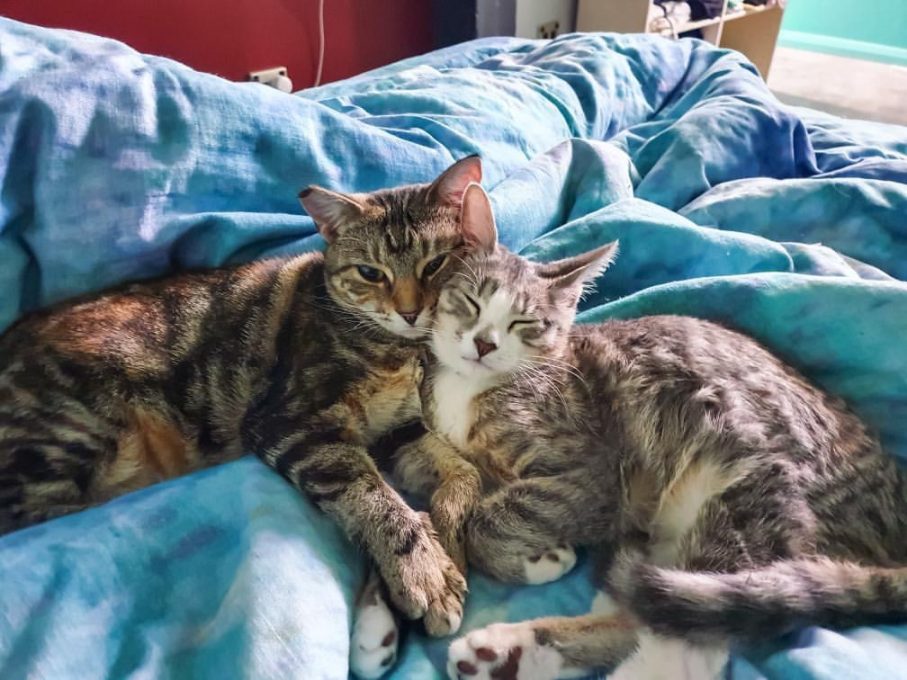
Happy, Healthy Cat Sisters
We heard the benefits of raw feeding, and glowing recommendations of Raw Essentials, so we started feeding raw almost as soon as we adopted our cats. We got Beckett, close to her first birthday. Since we switched her to a raw diet, her coat has gotten more glossy and super soft, like velvet. Our second cat, Lanie was a skinny little kitten when we ...
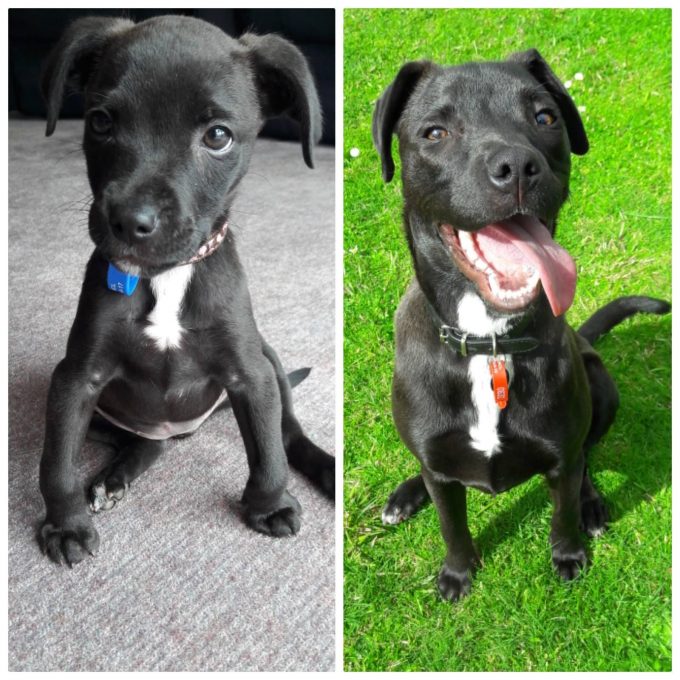
From a Bow-Legged Pup to Strong Pooch!
Our pound puppy, Sadie, was bow legged and had diarrhea all the time. We tried her on a couple of "superior" brands of dog food but had no luck with settling her stomach and her legs were getting worse. We decided to try Sadie on raw within 2 weeks her diarrhea had cleared, and after a few months we had noticed a big improvement with her legs. The ...
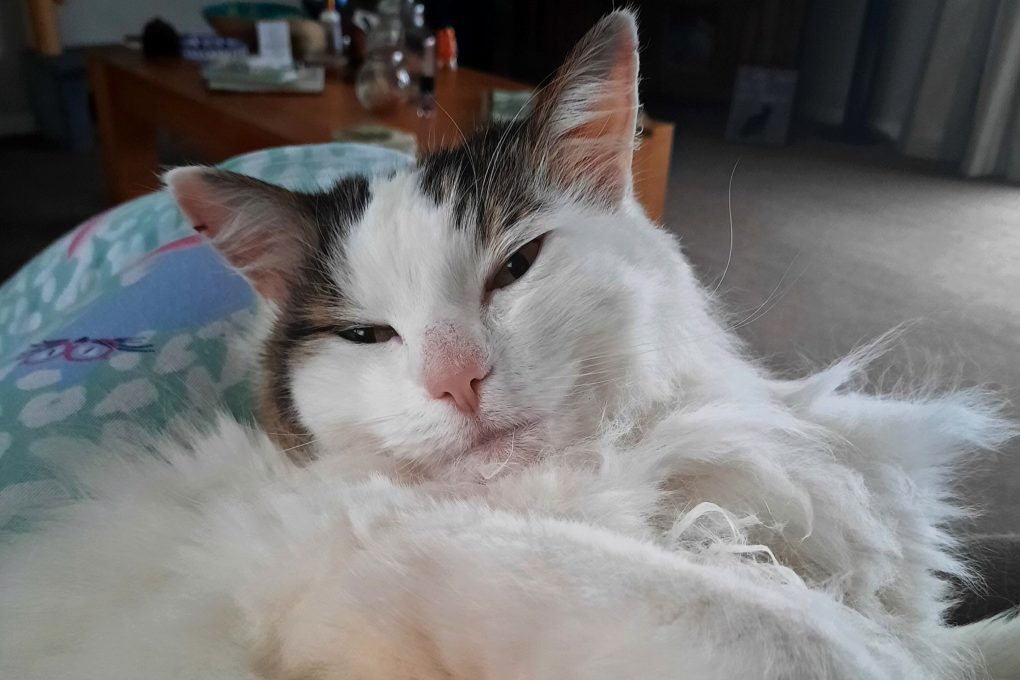
Fluffy Is Free From Insulin
Fluffy was diagnosed with diabetes in 2021. We had him on a prescription diet and twice daily insulin shots, and at one point he reached the maximum dosage. A friend suggested I try to Raw Essentials, and with the support of their in house vet he slowly he started to stabilise. He is now 1 month insulin free. His daily blood test shows he is stable...

Benson Is Loving Mealtimes On Raw
Benson is a 2.5 year old Staffy, he’s been on the raw food diet for about a year and he absolutely loves it. We made the switch to raw after he started to become picky at mealtimes and was often itching. After doing some research we stumbled across raw and decided it was worth a try! Since the switch he is loving mealtimes and cleaning is bowl and ...
MEET OUR
VETERINARIAN
 | |
DR REBECCA BROWN BVSc | |
| Rebecca graduated from Massey University in 1996. Having worked as a veterinarian throughout NZ and the UK, she undertook postgraduate training in complementary therapies, developing a passion for the root cause of disease and functional medicine. Rebecca joined Dr Lyn Thomson at Raw Essentials (Raw Food for Cats and Dogs) in 2013. Raw Essentials provides extensive support with their food, facilitating a wealth of experience in raw feeding and helping pets from a nutrition and gut health perspective. They keep abreast of health and nutrition research for pets and people. Raw Essentials is part of the international raw feeding community, Rebecca has been a member of the Raw Feeding Veterinary Society (RFVS) since 2016. |
LET’S
CONNECT
Complete the form and a member from our Raw Essentials Vet team will be in touch.
The Raw Feeding Veterinary Society (RFVS):
Advocating for Raw Feeding and Veterinary Education
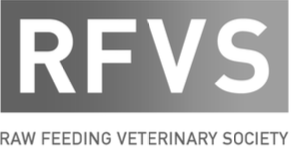
We are an affiliate member of the the Raw Feeding Veterinary Society (RFVS) this is an international group of motivated
vets, vet nurses and other paraprofessionals with a common
interest in promoting the principles and practical aspects of
species-appropriate nutrition, through support and education of
veterinary, other professionals and the pet-owning public.
Their Position Statement addresses the main criticisms of vets regarding raw diets.
NZVA
CONFERENCE
2022
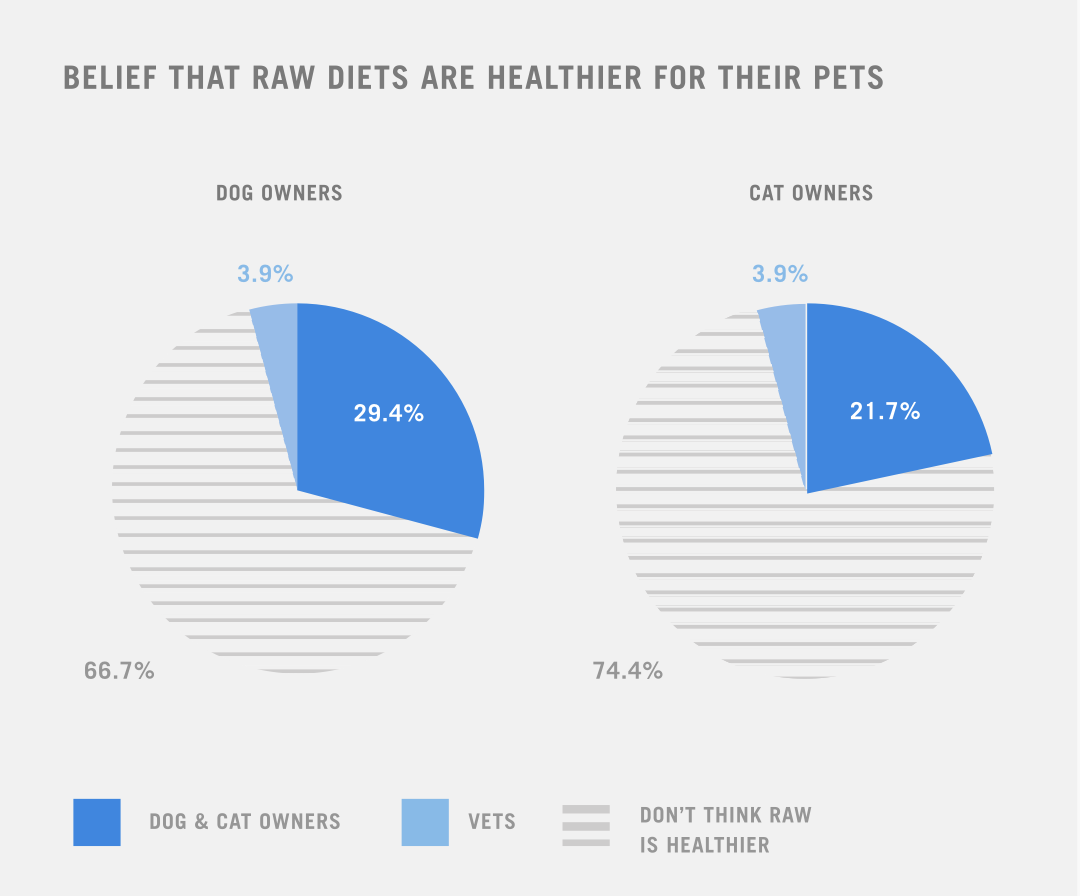
A TALK DISCUSSING
Raw Feeding Benefits & Risks: How To Work With Clients Productively
 | Dr Rebecca Brown |
Dogs and cats have eaten raw food (small, dead prey-species) for virtually the entirety of their existence. Processed pet food - a recent, convenient dietary trend - is the current dominant model. Pet owners are increasingly turning back to raw feeding.1 But without a supportive veterinarian on board, and reliant on a plethora of online resources, this can become a risky proposition for their pets. As veterinarians, we have an opportunity to expand our nutrition knowledge base to meet the needs of these clients.
“There is a belief, shared by 29.4% of dog owners and 21.7% of cat owners, that raw diets are healthier for their pets; however, only 3.9% of veterinary professionals agree with this. One in 5 pet owners also report following raw feeding practices originating from online resources rather than published references or seeking veterinary advice, which may exacerbate nutritional or safety risks.”
THE BENEFITS OF A
RAW DIET STACK UP
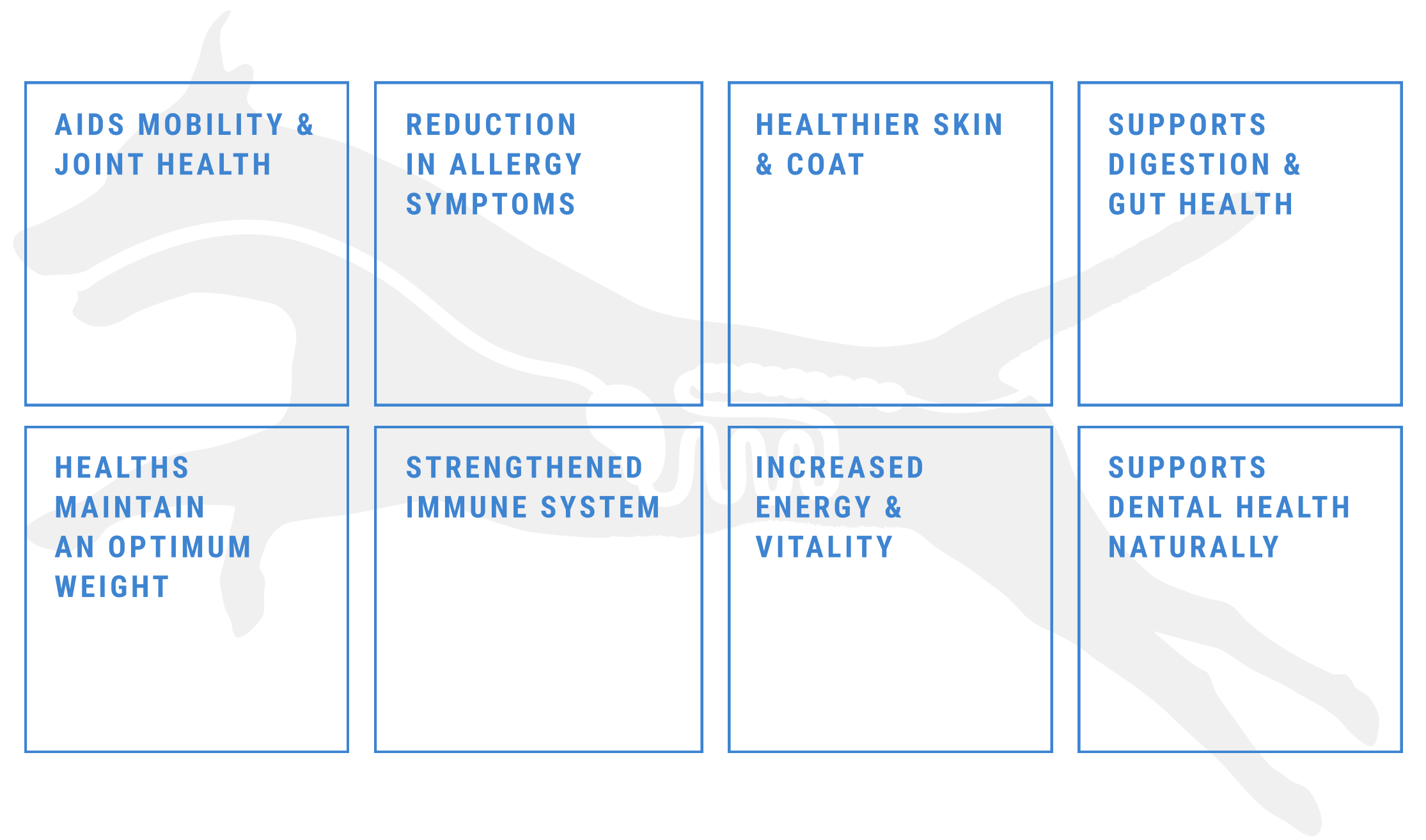
READ THE RESEARCH
In support of the multitude of positive changes that are observed in pet’s on a raw diet, there is a growing body of research (see below) in addition to those referenced in the RFVS position statement.
EARLY LIFE PROGRAMMING
Early life programming by diet can play a role in risk reduction of otitis in dogs
Read MoreIMMUNE FUNCTION
Effects of a whole food diet on immune function and inflammatory phenotype in healthy dogs
Read MorePUPPYHOOD DIET
Puppyhood diet as a factor in the development of owner‐reported allergy/atopy skin signs in adult dogs in Finland The effect of puppyhood and adolescent diet on the incidence of chronic enteropathy in dogs later in life
Read MoreSKIN HEALTH
A UK dermatologist wrote this paper, illustrating the involvement of gastrointestinal health in atopic dermatitis, along with the impact of nutrition. “Atopic dermatitis and the intestinal microbiota in humans and dogs J. Mark Craig BVSc, MRCVS Cert SAD”
Read MoreNUTRITIONAL BALANCE
WHY WE DON’T USE AAFCO
There is usually a sense of security in processed diets providing “complete and balanced” nutrition despite significant potential that they may not meet their claims or FEDIAF/AAFCO requirements. Even if a food meets AAFCO requirements, the pet would need to eat the recommended daily amount of dry kibble which would often not be the case, due to overweight pets and a lack of interest in the food.
Our article “Why We Don’t Use AAFCO” explains the limitations of AAFCO with regard to diets based on whole foods and our view of formulating within a raw diet is discussed fully in our paper for the Raw Feeding Veterinary Society (RFVS) conference in 2021.
AAFCO compliance may be met by testing to demonstrate some specific nutrient levels or through AAFCO feeding trials.
RAW PROOF FEEDING TRIAL
PROMOTING COLLABORATION
Raw Proof is a raw food feeding trial (extended to 24 months) which demonstrated the following key findings3⁄4
- It is possible to create a range of complete, species-
appropriate (raw meat, raw bone, raw vegetable) adult
dog foods that – when fed in conjunction with each other
– meet the FEDIAF nutritional guidelines without need for
additional, synthetic supplementation.
- Twenty-six adult dogs enrolled in an extended version of the AAFCO food trial protocol, when fed a range of complete, species-appropriate (raw meat, raw bone, raw vegetable) dog foods, experienced no adverse health effects or significant loss of weight. Three dogs dropped out of the trials for non-health-related reasons
AN APPROACH BASED ON NUTRITIONAL
ECOLOGY & EVOLUTIONARY BIOLOGY
At Raw Essentials, our approach to nutritional balance is based on nutritional ecology and evolutionary biology. We emulate a prey meal as closely as possible by feeding meat, bone, organs and tripe in approximate prey proportions, from a variety of prey species. Variety is important from many aspects, explained here.
From our RFVS paper -
“It is clear, from both an evolutionary perspective and from nutritional analysis of prey species, that a well planned raw diet provides an appropriate range and balance of micronutrients from which the individual pet can absorb and utilise nutrients to meet their needs. Evolution has provided us with most of what we need to know for this. The fact that dogs have survived well over 100,000 years on a predominantly prey-based diet speaks volumes for the suitability of a prey-based diet. We ‘loosely’ formulate, based on nutritional ecology and evolutionary science. We know that wild dogs and cats consume wild prey. They usually consume more than one species, and they eat a variable ratio of meat, bone, organs and tripe. It is somewhat easier to balance a diet for carnivores, relative to other classifications, given that: “prey are less variable in nutrient composition than the foods of herbivores and omnivores” Wild canids may, to a varying degree, eat some plant matter too. This plant matter is not the same as the fruit and vegetables available in your local supermarket, and we have discussed potential issues with the types of plant matter that people might feed their pets. We keep it simple by feeding a small amount of plant matter in the form of stomach contents (green tripe).“
GROWTH & REPRODUCTION
We successfully grow cats and dogs of all breeds on a well-planned raw diet. We recommend bitches and queens transition to a raw diet prior to mating, however sometimes change is required at times of high demand if they are not accepting their usual food. Puppies and kittens can be weaned onto a raw diet.
SUSTAINABLE HEALTHCARE AND NUTRITION
We are increasingly aware of how humankind impacts the environment. Individuals and businesses must act sustainably if we are to provide future generations with a healthy planet. For us as vets this means shifting our focus from mere symptom management to a more sustainable goal of long-term health and well-being. High quality nutrition is an investment in sustainable health care.
“Look deep into nature,
and then you will
understand
everything better.”
Albert Einstein
“To live, mountain man, coyote, raven, and eagle participate in an act as old as life: energy and matter endlessly changing forms. By demand and by design, organisms consume matter and energy to maintain form and sustain function. From time immemorial, life didn’t ponder what or how to eat. Organisms don’t know energy, protein, minerals or vitamins as we discern them from lab analyses. They have no concerns about eating red meat or brains, internal organs or greasy fleece, or ratios of omega-3 to omega-6 polyunsaturated fatty acids...”
Excerpt from ‘Nourishment’ by Fred Provenza
